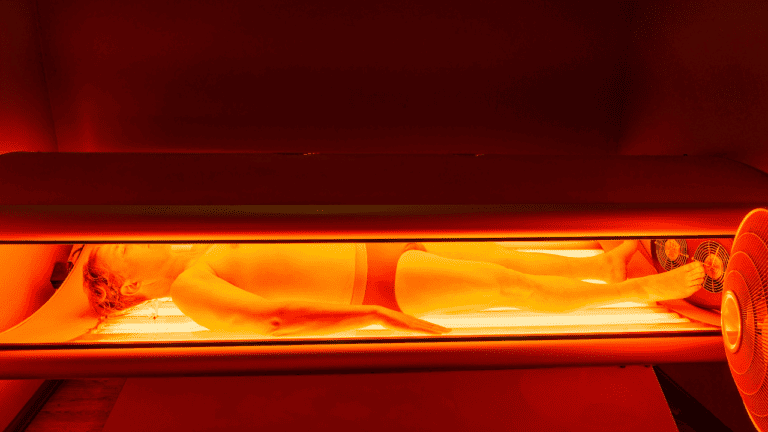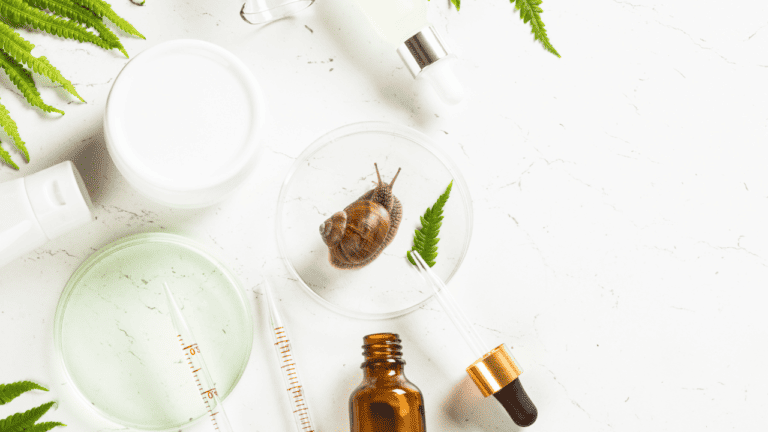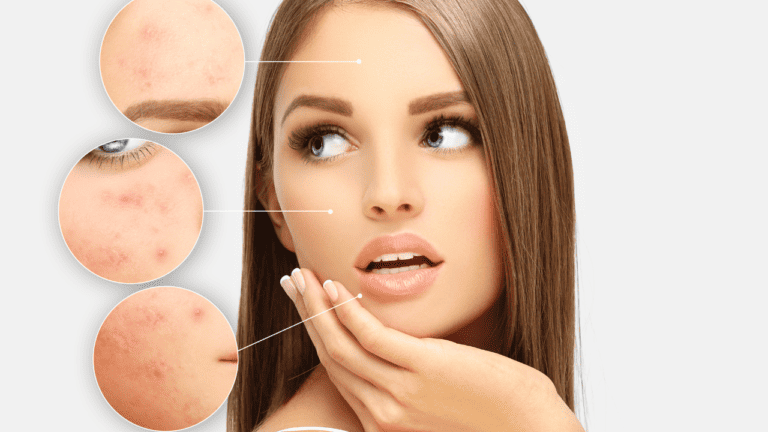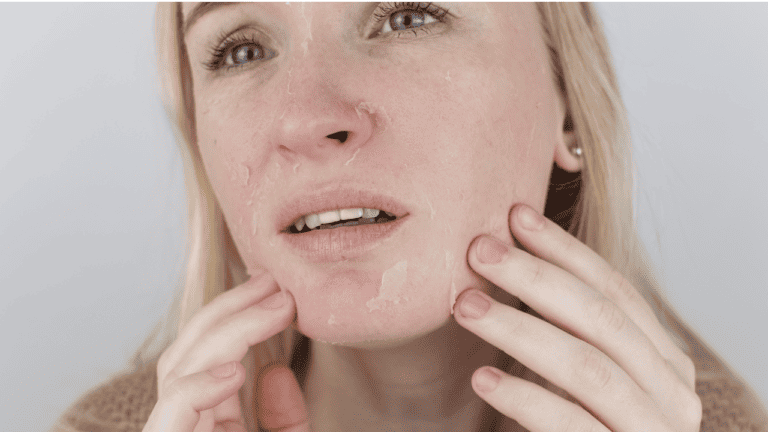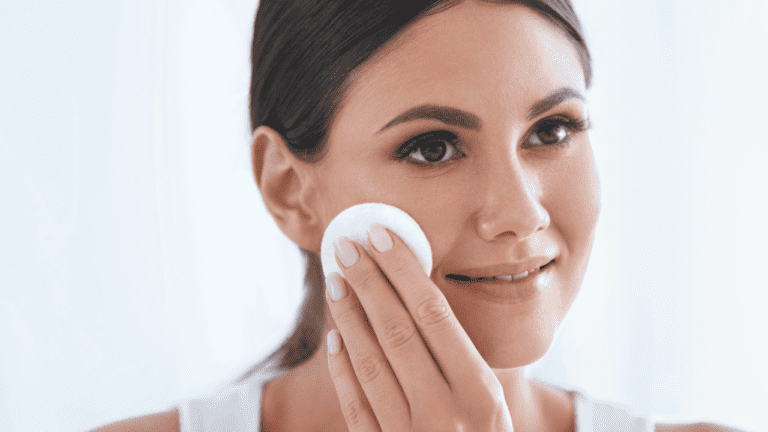Niacinamide vs Salicylic Acid
I know firsthand how frustrating it can be to try and find the right skincare products to help clear up breakouts. Two popular ingredients that we often see recommended for acne-prone skin are niacinamide and salicylic acid but if we had to choose, which one is better?
While both niacinamide and salicylic acid can be effective at treating acne, they produce different results to achieve the same goal. Niacinamide, also known as vitamin B3, helps to regulate sebum production and reduce inflammation, which can help prevent new breakouts from forming. Salicylic acid, on the other hand, is a beta-hydroxy acid that exfoliates the skin and unclogs pores, making it particularly effective for treating blackheads and whiteheads and thus also prevent new breakouts from forming.
So, which one should you use? The answer may depend on your specific skin concerns. Of course you could possibly use them both together, but if you’re dealing with inflamed, painful, and red pimples, niacinamide may be a better choice for you because it is gentler. But if you’re struggling with clogged pores and blackheads, salicylic acid may be more effective. Of course, it’s always a good idea to consult with a dermatologist to determine the best course of treatment for your individual skin type and concerns.
Niacinamide for Acne
Niacinamide, also known as vitamin B3, is a popular skincare ingredient that has been shown to be effective in treating acne. Acne is caused by many things, but in particular skin inflammation, excess production of sebum, and broken skin barrier are areas that Niacinamide help to control.
One study found that a 4% niacinamide gel was just as effective as a 1% clindamycin gel in reducing acne lesions after 8 weeks of use. Niacinamide was also found to be well-tolerated, with no significant side effects reported.
In addition to its acne-fighting properties, niacinamide has been shown to have other benefits for the skin, including reducing hyperpigmentation and improving the appearance of fine lines and wrinkles.
If you’re looking for a gentle and effective acne treatment, niacinamide may be worth considering. I personally have found it make my skin texture smoother and overall it is a pleasing ingredient that is not as harsh as salicylic acid. Something to consider if you have sensitive skin.
Salicylic Acid for Acne
Salicylic acid is a beta-hydroxy acid that is commonly used to treat acne. Having grown up with acne, it is perhaps the one ingredient I am most familiar with because skincare companies love putting it in their acne-fighting products.
It works by exfoliating the skin and keeping pores clear, which in turn helps to prevent breakouts. Salicylic acid is particularly effective for acne-prone skin, especially if you have an oily skin type just like me, because for us we build up oil quickly which can interact with dirt to clog our pores which eventually leads to breakouts.
When using salicylic acid for acne, ensure that you follow instructions carefully and do not overuse the product. It can be tempting to think that the more we use, the better results we will have, but in reality, overuse can cause dryness, redness, and irritation. Since salicylic acid is a form of exfoliation, It is also important to use sunscreen often because it increases sun sensitivity as it removes dead skin cells or rather the outer layer our skin.
Overall, salicylic acid is a great ingredient for preventing and treating acne and it is a hard ingredient to miss when you go shopping for acne-prone skincare products. However, it may not be effective for everyone. If you have sensitive skin or are allergic to salicylates, you should avoid using products that contain salicylic acid. In this case, niacinamide may be a better option for treating acne.
Niacinamide vs. Salicylic Acid for Acne
When it comes to treating acne, both niacinamide and salicylic acid have proven to be effective ingredients. However, they work in different ways and have different benefits. Here’s a breakdown of how they compare:
Niacinamide
Niacinamide is a form of vitamin B3 that has anti-inflammatory properties. It helps to reduce redness and irritation in the skin, making it a great option for those with sensitive or inflamed acne. Niacinamide also helps to regulate sebum production, which can help to prevent future breakouts. Additionally, it can help to improve the overall texture and tone of the skin.
Salicylic Acid
Salicylic acid is a beta-hydroxy acid that works by exfoliating the skin and unclogging pores. This makes it an effective option for those with oily or acne-prone skin. Salicylic acid also has anti-inflammatory properties, which can help to reduce the size and redness of pimples. However, it can be drying and irritating for some people, so it’s important to start with a low concentration and gradually increase as tolerated.
Which One Is Better?
There is no one-size-fits-all answer to this question, as it depends on your individual skin type and concerns. However, some general guidelines are:
- If you have sensitive or inflamed acne, niacinamide may be a better option for you.
- If you have oily or acne-prone skin, salicylic acid may be more effective.
- You can also consider using both ingredients in your skincare routine, as they work well together and can provide complementary benefits.
Overall, both niacinamide and salicylic acid are effective options for treating acne. It’s important to choose the one that best suits your individual needs and to use it consistently as part of a comprehensive skincare routine.
Conclusion
After researching and analyzing the benefits of both niacinamide and salicylic acid for acne-prone skin, it is clear that both ingredients are effective in their own way. Niacinamide is known for its ability to reduce inflammation, regulate oil production, and improve the skin’s barrier function. Salicylic acid, on the other hand, is a powerful exfoliant that can penetrate deep into the pores to unclog them and prevent future breakouts.
While niacinamide is a great option for those with sensitive skin or who are looking for a more gentle approach to treating acne, salicylic acid may be a better choice for those with more severe or persistent breakouts. It is important to note, however, that both ingredients can be used together in a skincare routine for maximum benefits.
Ultimately, the decision between niacinamide and salicylic acid comes down to personal preference and the specific needs of your skin. It is recommended to consult with a dermatologist or skincare professional to determine the best course of action for your individual skin concerns.

